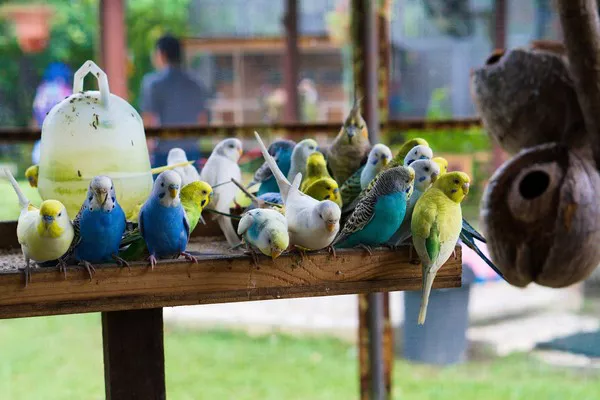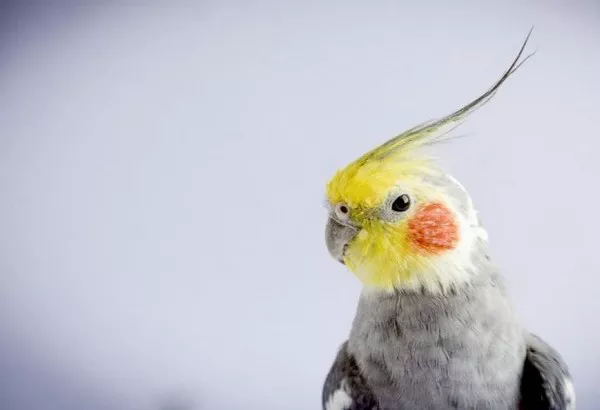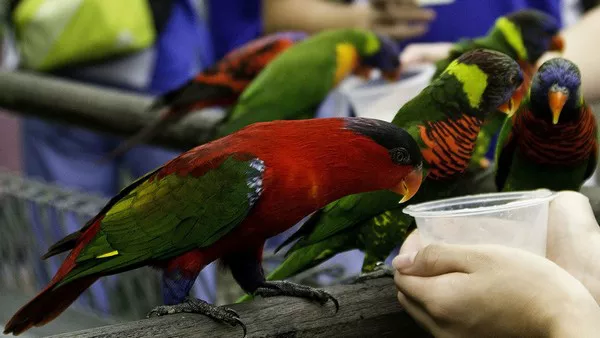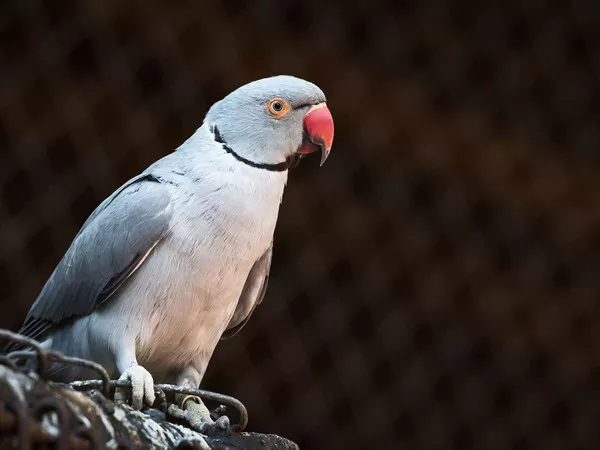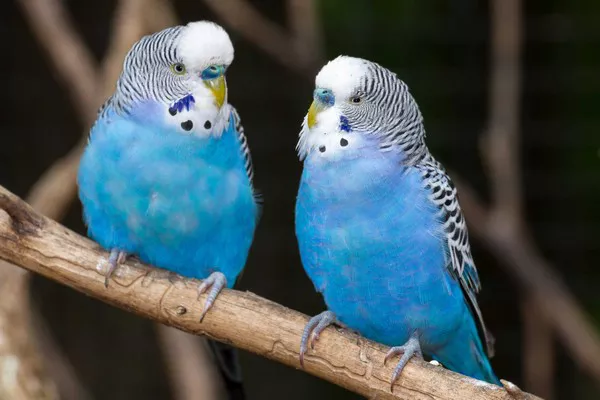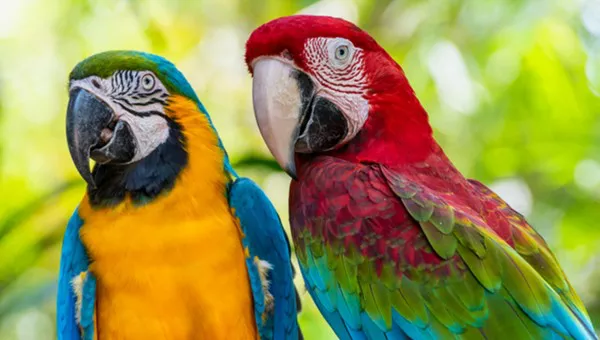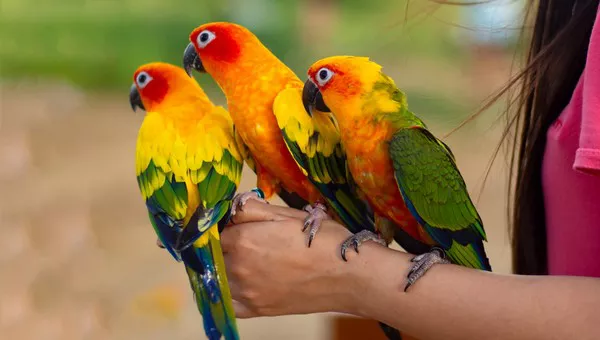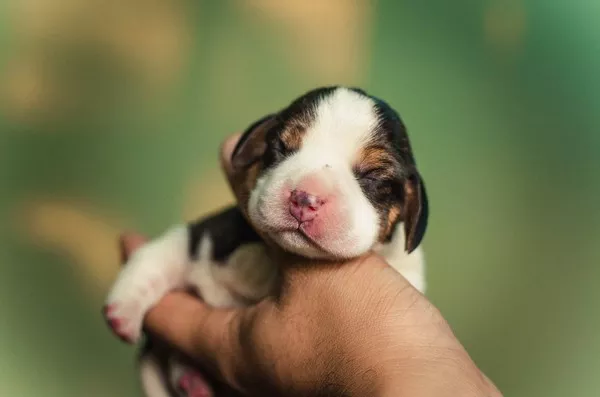Sun conures (Aratinga solstitialis) are vibrant, social parrots native to South America, particularly known for their striking yellow and orange plumage and playful personalities. They are popular as pets due to their affectionate nature and ability to mimic sounds and words. Understanding the mating habits of sun conures is crucial for breeders, pet owners, and avian enthusiasts alike, as it can inform their care and breeding practices. This article will explore the mating behavior of sun conures, the courtship rituals they engage in, their nesting preferences, and the parental roles in raising offspring.
The Social Nature of Sun Conures
Sun conures are highly social birds, often found in flocks in their natural habitats. This social behavior plays a significant role in their mating rituals. In the wild, they live in flocks of up to 30 individuals, where they establish strong bonds with one another. These birds communicate through a variety of vocalizations and body language, which are critical in courtship and mating. Their gregarious nature means that they thrive on companionship, making them more likely to seek out a mate within their flock.
During the breeding season, which typically occurs in the late winter to early spring, sun conures become particularly vocal. They use a combination of calls and physical displays to attract potential mates. These calls are not just simple chirps; they consist of a range of sounds that convey different messages, from excitement to aggression. By observing these vocalizations and the accompanying body language, such as head bobs and wing flutters, one can gain insight into their emotional state and readiness to mate. This communication is crucial for establishing and maintaining pair bonds, ensuring that both partners are committed to the mating process.
Furthermore, sun conures are known for their affectionate behaviors, such as mutual preening, which strengthens the bond between mates. This preening behavior not only helps them maintain their feathers but also serves as a form of social interaction that reinforces their connection. As they engage in these affectionate acts, they become more synchronized in their behaviors, which is essential for successful mating. Overall, the social dynamics of sun conures are foundational to their mating habits, illustrating the importance of companionship and communication in their reproductive success.
Courtship Displays and Behaviors
When sun conures are ready to mate, they engage in elaborate courtship displays to attract their partner’s attention. These displays are a combination of vocalizations, physical movements, and grooming rituals that help establish a strong bond between the two birds. The courtship phase is characterized by a series of behaviors that signal readiness to mate, which can last from several days to a few weeks.
One of the most noticeable courtship behaviors is the dance display. Male sun conures will often perform a series of hops, head bobs, and wing flaps to impress potential mates. This display is not only a show of vitality and health but also a way to demonstrate their fitness as a partner. The female’s response to these displays is crucial; she may mirror the male’s movements or respond with soft vocalizations, indicating her interest. This interaction enhances their bond and sets the stage for mating.
In addition to physical displays, vocalizations play a significant role during courtship. Males are known to produce a variety of calls that can range from soft whistles to loud squawks. These calls serve multiple purposes: they attract females, establish territory, and ward off potential rivals. Female sun conures may also engage in vocalizations to indicate their receptiveness. This combination of vocal and physical interactions creates a dynamic courtship environment, where both partners actively participate in the bonding process.
The importance of environmental factors cannot be overlooked during courtship. Sun conures are more likely to engage in mating behaviors when they are in a comfortable and stimulating environment. Factors such as the availability of perches, nesting materials, and appropriate temperatures can influence their willingness to mate. This emphasizes the need for pet owners and breeders to provide a suitable environment that encourages natural behaviors, further supporting the overall health and well-being of their sun conures.
Nesting Preferences and Site Selection
Nesting preferences are a crucial aspect of sun conure mating habits. In the wild, these birds typically choose to nest in tree cavities or holes, where they feel secure and sheltered from predators. This natural behavior is vital for their reproductive success, as it provides a safe environment for raising their young. When considering breeding sun conures in captivity, understanding their nesting preferences can help ensure a successful mating and breeding process.
In captivity, providing appropriate nesting sites is essential for encouraging breeding behaviors. Many breeders opt for nest boxes made of wood or sturdy materials that mimic natural cavities. The dimensions of the nest box should be large enough to accommodate the birds comfortably while providing a sense of security. A typical nest box for sun conures should measure approximately 12x12x18 inches, with an entrance hole of about 3 inches in diameter. The interior should be lined with nesting material such as shredded paper, hay, or wood shavings, which allows the female to create a comfortable nesting environment.
Once the nest box is established, the female sun conure will begin to exhibit nesting behaviors, such as gathering materials and arranging the nest. During this time, she may become more territorial and protective of the nest area. The male plays a supportive role during this phase by providing food and reassurance, helping to create a secure environment for the female. This cooperative behavior is essential for fostering a successful breeding pair.
It’s important for breeders to monitor the nesting process closely, as stress or disturbances can lead to abandonment or aggression between the pair. Ensuring that the breeding environment is calm and free from excessive noise or disruptions is crucial for the well-being of both the parents and the eggs. By understanding the nesting preferences and behaviors of sun conures, breeders can create an environment conducive to successful mating and the healthy rearing of offspring.
The Breeding Cycle: Eggs and Incubation
Once mating occurs, female sun conures typically lay a clutch of eggs, usually consisting of three to five eggs. The timing of egg-laying can vary, but it often takes place several days after successful mating. The eggs are generally white and elliptical, measuring about 1.5 inches in length. After laying the eggs, the female takes on the primary responsibility of incubating them, while the male continues to provide food and support.
The incubation period for sun conure eggs lasts approximately 24 days. During this time, the female will remain in the nest, rotating the eggs regularly to ensure even warmth and prevent any one egg from being isolated from the heat. The male plays a crucial role in this process by bringing food to the female and keeping a watchful eye on the surroundings. This division of labor allows both partners to contribute to the nurturing of their future offspring, demonstrating their cooperative nature.
The female’s behavior during incubation is noteworthy; she may exhibit changes in appetite and become more protective of the nest. This protective instinct is essential, as it helps to keep the eggs safe from potential threats. The presence of the male also reassures her, as he can ward off intruders and defend the nest if necessary. Successful incubation requires a stable environment, with appropriate temperature and humidity levels, as fluctuations can negatively impact embryo development.
As the incubation period comes to an end, the female may begin to vocalize more frequently, signaling the imminent hatching of the chicks. After approximately three weeks, the eggs will hatch, revealing the vulnerable hatchlings. This transition marks the beginning of a new phase in the breeding cycle, where both parents will continue to play significant roles in the care and feeding of their chicks, demonstrating the strong familial bonds characteristic of sun conures.
Raising the Young: Parental Roles and Care
Once the eggs have hatched, the parental roles of sun conures become even more pronounced. Both the male and female participate in feeding and caring for the chicks. The hatchlings are altricial, meaning they are born helpless, with their eyes closed and no feathers. They rely entirely on their parents for warmth, protection, and food during the early stages of life.
The female typically remains in the nest with the chicks, feeding them a regurgitated mixture of seeds, fruits, and other nutritious items. The male continues to provide food for the female, who then passes it on to the chicks. This cooperative feeding strategy is vital for the survival of the young, ensuring they receive adequate nutrition for healthy growth. The parents may also engage in behaviors such as brooding, where they keep the chicks warm by sitting closely with them.
As the chicks grow, their demands for food increase, prompting both parents to work harder to meet their needs. Around two to three weeks after hatching, the chicks will begin to develop feathers and their eyes will open. This is an exciting period, as the chicks become more active and start to explore their surroundings within the nest. The parents continue to care for them, providing guidance and protection as they learn to navigate their environment.
By around six weeks of age, the chicks will begin to fledge, or leave the nest. At this point, they will rely on their parents for food and guidance as they learn to fly and forage independently. The process of raising young sun conures is a collaborative effort, showcasing the strong bonds formed between partners and the commitment both parents have to their offspring’s survival. This nurturing behavior is not only vital for the chicks’ development but also reinforces the social structures within sun conure communities, as young birds learn from their parents and prepare for their own future roles in the flock.
Conclusion
Understanding the mating habits of sun conures is essential for anyone involved in their care or breeding. Their social nature, elaborate courtship behaviors, nesting preferences, and parental roles all contribute to their reproductive success. By creating a suitable environment and fostering strong bonds between mating pairs, owners and breeders can ensure the health and happiness of these vibrant birds.
As a species, sun conures thrive on companionship and social interaction, making it vital to consider their emotional and physical needs during the mating and breeding process. This comprehensive knowledge not only aids in breeding efforts but also enhances the overall well-being of sun conures as cherished pets. With proper understanding and care, sun conures can flourish, continuing to bring joy and vibrancy to the lives of their human companions.
Related Topics:

